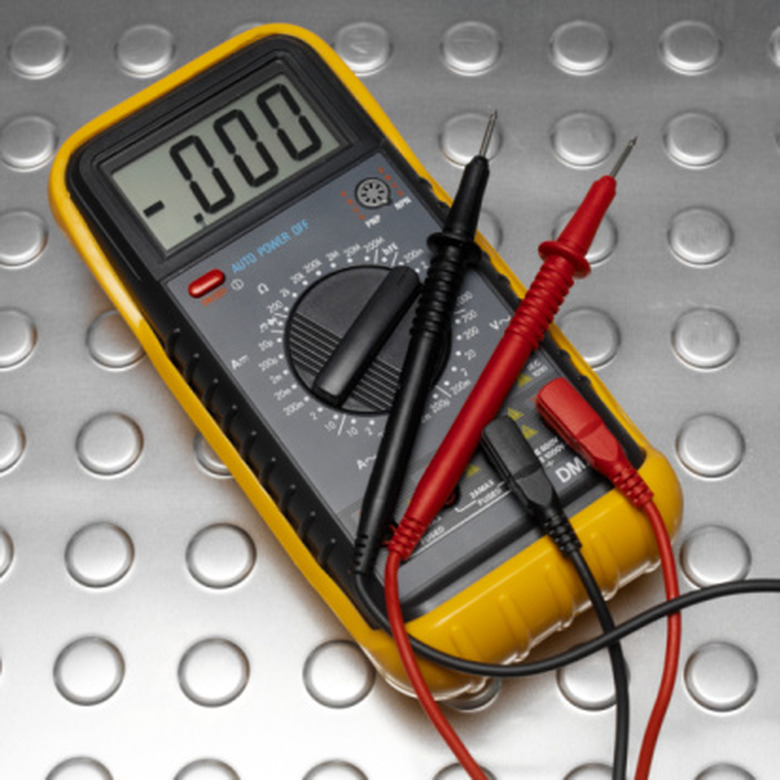How To Calculate KVA From KW
You can calculate kilo-volt-amps (KVA) from three-phase kilowatt (KW) by following a formula. This formula can be used for information regarding industrial motors and home emergency generators, provided you know the power factor. Alternatively, the power factor can be measured by finding the difference between input power and output power with a hand-held ammeter.
The KVA formula finds the actual power a circuit provides a motor after factoring in the power used (KW) and the power factor (PF) of the circuit. It can be used to calculate the relationship between the power the circuit provides to an engine vs. the power the circuit uses. The formula is KVA = KW/PF.
Step 1
Determine the KW input for the three-phase device.
Step 2
Find the three-phase device's PF. Most devices include a nameplate that lists the PF. The manufacturer's specifications also list the information.
Step 3
Divide the KW input by the PF to obtain the device's KVA. If a motor has a KW of 720 and a power factor of 0.6, for example, then divide 720 KW by 0.6 PF to obtain 1200 KVA. The KVA value always should be higher than the KW value because an energy loss always exists.
Things Needed
- Calculator (optional)
- Hand-held ammeter (optional)
Warning
The nameplate or manufacturer's manual amperage ratings may differ from the actual motor usage. Taking measurements with a hand-held ammeter can provide more exact results to achieve maximum accuracy when calculating KVA.
Cite This Article
MLA
Arianrhod, Sarah. "How To Calculate KVA From KW" sciencing.com, https://www.sciencing.com/calculate-kva-kw-8129639/. 24 April 2017.
APA
Arianrhod, Sarah. (2017, April 24). How To Calculate KVA From KW. sciencing.com. Retrieved from https://www.sciencing.com/calculate-kva-kw-8129639/
Chicago
Arianrhod, Sarah. How To Calculate KVA From KW last modified March 24, 2022. https://www.sciencing.com/calculate-kva-kw-8129639/
